Erlik Khan : God of the Underworld
Listen
At a glance
| Description | |
|---|---|
| Origin | Central Asian Mythology |
| Classification | Gods |
| Family Members | Kayra (Father), Ulgen (Brother), Karash Khan, Matır Khan, Shingay Khan, Komur Khan, Badish Khan, Yabash Khan, Temir Khan, Uchar Khan, and Kerey Khan (Sons) |
| Region | Mongolia, Turkey |
| Associated With | Evil, Man eating |
Erlik Khan
Introduction
Erlik Khan, often shortened to Erlik or Erlig, is one of the most formidable deities in Turkic and Mongolic mythology. He is remembered as the god of death, darkness, and the underworld, standing in sharp contrast to the heavenly deity Tengri, who embodies light, life, and order. This opposition places Erlik Khan at the center of cosmic dualism, symbolizing the inevitability of mortality and the chaos that shadows existence. His myths, shaped by shamanistic traditions, emphasize the balance between creation and destruction, and his influence extends far beyond his underworld domain. For many communities, especially in Siberia and Central Asia, even speaking his name was avoided, reflecting the dread and reverence that surrounded him
Physical Traits
Erlik Khan is described in ways that highlight both his terrifying majesty and his grotesque features. Myths portray him as a dark, monstrous being with a face resembling that of a wild boar, complete with tusk-like mustaches and a long black beard that reaches his knees. His eyes and brows are jet black, conveying his deep connection with night and death. Some traditions describe him as having horns like the branches of a vast tree, eight toes on each foot, and multiple arms that grant him immense power. This imagery communicates his otherworldliness and his authority as the ruler of Tamag, the underworld. In addition to his human-animal hybrid form, Erlik is often symbolized by animals such as wolves, dogs, and bears—creatures associated with both death and guardianship. Among the Dolgans, it was believed that Erlik controlled mammoths, dragging them into the underworld where they froze as punishment if they tried to return
Family
Erlik Khan’s family ties emphasize his role as a fallen figure in the mythological hierarchy. In many stories, he is the son of Kayra Khan, the god of creation, making him a brother to Ülgen, the benevolent deity of light and order. Together, the two brothers were given responsibilities in shaping the world. Ülgen remained loyal to Kayra’s will, while Erlik succumbed to ambition, marking the beginning of his association with darkness.
Erlik’s children further embody his dominion over chaos and destruction. He has nine sons, called the Karaoğlanlar, each ruling different destructive aspects of the cosmos. Their names include Karash Khan, Matır Khan, Temir Khan, and Uchar Khan, all of whom serve him by spreading misfortune and aiding shamans in navigating the underworld. Equally dangerous are his nine daughters, the Karakızlar, whose beauty and cunning often distract shamans attempting to ascend toward Ülgen. Legends also mention Erlik’s consort, Altın Küskü, daughter of Ay Han, the Moon deity, further intertwining his story with celestial lineages.
Other names
The fearsome god of the underworld is known by several names, reflecting the vast geography of Turkic and Mongolic cultures. In Old Turkic inscriptions, he is written as 𐰀𐰼𐰠𐰃𐰚, while in Turkish he is called Erlik Han. Mongolic traditions refer to him as Erleg or Yerleg, while the Kalmyks know him as Erlik Nomin-khan. Among Hungarians, his figure is echoed in Ördög, a demonic entity considered an equivalent. Variations such as Erklik and Ordog highlight how his image spread and adapted across regions, blending into different cultural frameworks while retaining his core identity as a bringer of death and darkness.
Powers and Abilities
Erlik Khan wields immense powers that make him both feared and necessary in the cosmic order. His primary role is as lord of Tamag, where he judges the dead and determines their fate. Souls are weighed against their earthly deeds, and those found guilty of sin are condemned to suffer under his rule. He commands legions of spirits and demons that spread disease, disaster, and misfortune in the human world. Shamans often describe his underlings as the bringers of plague, sent by Erlik as punishment when proper rituals or sacrifices were not made.
One of the most striking aspects of his myth is his role in the creation of humanity. In some stories, while Ülgen shaped the physical form of humans from clay and stone, it was Erlik who breathed life into them. However, this act of giving the soul also tied mortals to death, ensuring that Erlik would forever have a claim on humanity. He is further credited with tempting humans into sin, offering them forbidden foods, and slaying Maidere, a divine messenger who sought to guide them. These stories position Erlik not simply as a villain, but as a necessary counterpart to creation—embodying mortality, temptation, and the darker truths of existence.
Shamans regarded Erlik with both fear and respect. Rituals and sacrifices, often involving black animals, were made to appease him and prevent his spirits from taking the souls of the living. During illness or times of crisis, shamans might journey into his realm, negotiating with Erlik or his sons to free a soul from his grasp. This shamanic connection underscores his pivotal role in the spiritual life of Central Asian peoples.
Modern Day Influence
Although Erlik Khan belongs to ancient mythology, his legacy remains alive in modern times. His name was immortalized in science when paleontologists named the dinosaur Erlikosaurus after him, reflecting the god’s fearsome reputation. In contemporary culture, Erlik Khan often appears in literature, fantasy, and digital storytelling as a figure akin to Satan or Hades, embodying both fear and fascination. Yet in some Altai-Sayan traditions, he is viewed less as a purely evil figure and more as a necessary part of the cosmic cycle, providing balance between light and darkness.
Academic interest in Erlik continues to grow, particularly in studies of Tengrist cosmology and comparative mythology. Scholars frequently compare him to deities like Hades in Greek mythology, Yama in Hindu traditions, and Hel in Norse lore, situating him within a global framework of underworld rulers. His duality—as both destroyer and essential counterpart to creation—makes him a compelling subject in the study of human attempts to understand death, morality, and the afterlife.
Even in regions like Tuva, Altai, and Mongolia, echoes of Erlik persist in shamanic practices and folk beliefs, where his name is invoked with caution. His image continues to inspire artists, storytellers, and researchers, keeping alive the memory of one of Central Asia’s most powerful and enigmatic mythological figures.
Related Images
Source
Dark Temples. (n.d.). Erlik: The God of Death and the Underworld in Turkic Mythology. Retrieved from https://darktemples.com/erlik/
Encyclopedia.com. (n.d.). Erlik. Retrieved from https://www.encyclopedia.com/environment/encyclopedias-almanacs-transcripts-and-maps/erlik
Ulukayin. (n.d.). Erlik: God of the Underworld in Turkic Mythology. Retrieved from https://ulukayin.org/erlik-god-of-the-underworld-in-turkish-mythology/
Wikipedia. (n.d.). Erlik. Retrieved from https://en.wikipedia.org/wiki/Erlik
Burnakov, V. A. (2011). Erlik khan in the traditional worldview of the khakas. Archaeology, Ethnology and Anthropology of Eurasia, 39(1), 107-114.
Erlik – Gods and Monsters. (n.d.). Retrieved August 30, 2025, from https://godsandmonsters.info/erlik/
Erlik – The Demonic Paradise Wiki – Fandom. (n.d.). Retrieved August 30, 2025, from https://the-demonic-paradise.fandom.com/wiki/Erlik
Kara, M., & Teres, E. (n.d.). Some Similar and Parallel Points Between the Turkic Legendary “Creation” and Similar Texts of Japan.
Mongolian mythology | Gods & legends of the nomadic tribes. (n.d.). Harmonica.life. Retrieved August 30, 2025, from https://harmonica.life/mythology/mongolian-mythology-gods-legends-of-the-nomadic-tribes-travel-n-history/
Shamanism among the Turkic peoples of Siberia. (1989). Taylor & Francis. Retrieved August 30, 2025, from https://www.tandfonline.com/doi/abs/10.2753/AAE1061-1959280156
Frequently Asked Questions
What is lorem Ipsum?
I am text block. Click edit button to change this text. Lorem ipsum dolor sit amet, consectetur adipiscing elit. Ut elit tellus, luctus nec ullamcorper mattis, pulvinar dapibus leo.
What is lorem Ipsum?
I am text block. Click edit button to change this text. Lorem ipsum dolor sit amet, consectetur adipiscing elit. Ut elit tellus, luctus nec ullamcorper mattis, pulvinar dapibus leo.
What is lorem Ipsum?
I am text block. Click edit button to change this text. Lorem ipsum dolor sit amet, consectetur adipiscing elit. Ut elit tellus, luctus nec ullamcorper mattis, pulvinar dapibus leo.
What is lorem Ipsum?
I am text block. Click edit button to change this text. Lorem ipsum dolor sit amet, consectetur adipiscing elit. Ut elit tellus, luctus nec ullamcorper mattis, pulvinar dapibus leo.
What is lorem Ipsum?
I am text block. Click edit button to change this text. Lorem ipsum dolor sit amet, consectetur adipiscing elit. Ut elit tellus, luctus nec ullamcorper mattis, pulvinar dapibus leo.


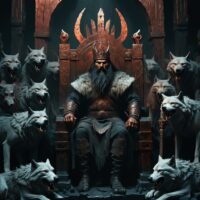
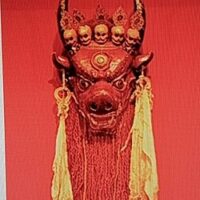
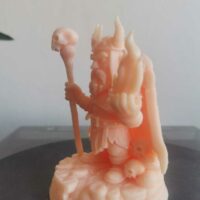
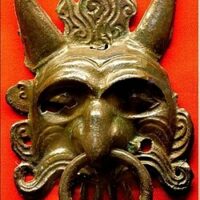
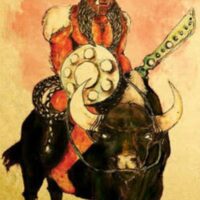




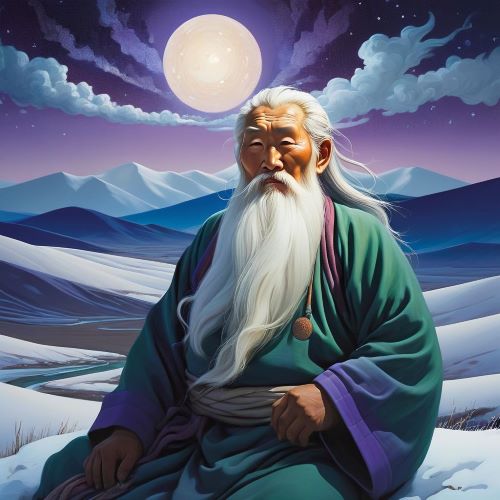
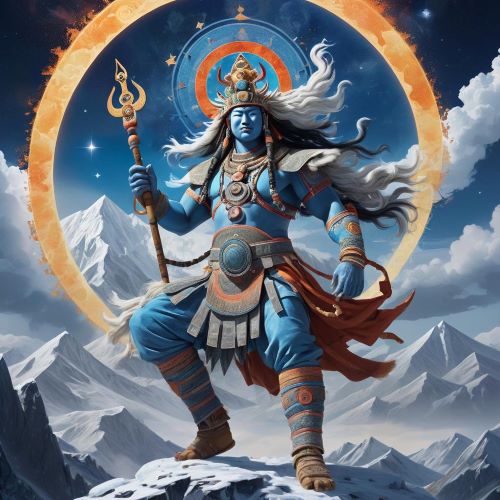

Tierra Koch
Your blog is a true hidden gem on the internet. Your thoughtful analysis and engaging writing style set you apart from the crowd. Keep up the excellent work!